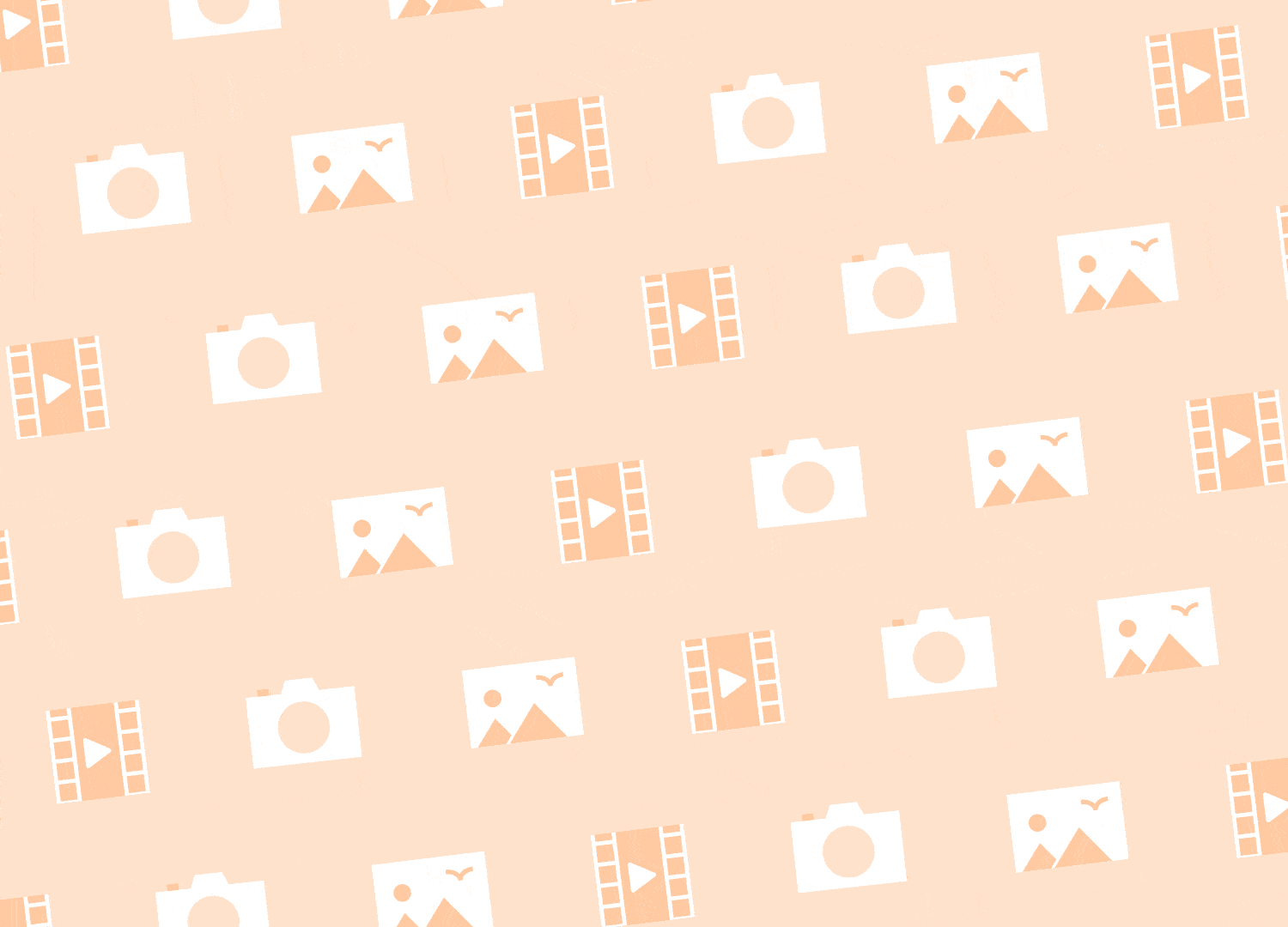Panning shots of a city skyline introducing the movie setting. A close-up of a business woman’s hands pressed against a keyboard on a billboard ad. The happy couple holding hands, a beachside sunset behind them at the end of a commercial. We’ve all seen this imagery before. Where does this imagery come from? And why is it so ubiquitous?
In the cases mentioned above, there’s a good chance you were looking at stock imagery. At the moment you saw it, you probably weren’t wondering who captured or obtained it. It simply did its job–captured your attention, filled in gaps between scenes or added some sort of tangible emotion to an advertisement. Well, maybe you thought twice watching Guaranteed Rate and Indeed’s Super Bowl LV spots, which both used the same stock footage, airing on the same stage–which happened to be on the most watched show of the year, attracting 96.4 million viewers. Oops (x2).
Unlucky coincidence? Maybe. But that’s just one of the chances you take when using stock media–the chance for duplication being its drawback. And the only way around it is producing the imagery yourself. However, creating a library of media unique to your brand requires a lot of time and resources, which might not always be possible. Both Guaranteed Rate and Indeed cited time, costs and the risks of original production during COVID-19 as to why they utilized stock footage for their Super Bowl ads–all valid reasons why many brands and advertisers rely on stock versus original media.
Nearly every website, video ad, billboard, social media post requires imagery. What is the right source of media for your next project?

Bottom line: there’s a time and place for both. Original photos and footage capture your brand with authenticity, credibility and creativity using real, relevant people, products and places. But, there’s definitely value in stock, which offers high-quality media without the time, costs and extra hassle associated with producing the imagery yourself.
Curious about the talent and creators behind stock media? Click here to hear from stock models and photographers, and get a behind-the-scenes look at what goes into a stock shoot.



